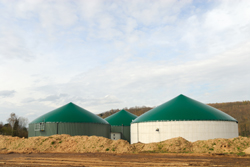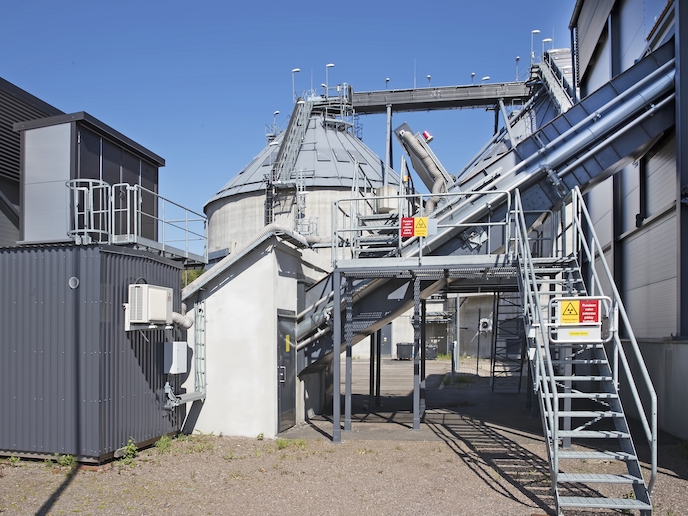Efficient conversion of wet biomass to hydrogen
Hydrogen, when produced from renewable energy sources such as biomass, constitutes a zero emission fuel and thus has been hailed as the fuel of the future. The conversion process also resolves the often difficult waste management issues associated with biomass. To realise these benefits, the partners involved in the SUPERHYDROGEN project exploited Supercritical water gasification (SWG). To improve the efficiency of SWG, the Netherlands Organisation for Applied Scientific Research (TNO) developed a procedure to transform wet biomass into a pumpable slurry. One advantage of SWG is that the wet biomass, which was sourced from organic waste streams, does not need to be dried in order to extract its energy content. Following pilot tests performed during SUPERHYDROGEN, TNO determined that a pre-treatment step involving grinding helped reduce particle size to optimal levels. Another important achievement was the identification of plunger piston pumps as the most effective type of pump. Bioslurries containing particles as large as 7.5 millimetres with dry matter contents of 20% were used during the trials. Finally, TNO examined the relationship between production costs and energy output for the new process. Since not all wet biomass is suitable for SWG, the costs associated with producing a pumpable slurry ranged from as little as two to as much as twelve Euro per thermal gigajoule (GJth). The results were more encouraging with respect to sourcing the feedstock and its pre-treatment, with costs reaching no more than three Euro per GJth.







